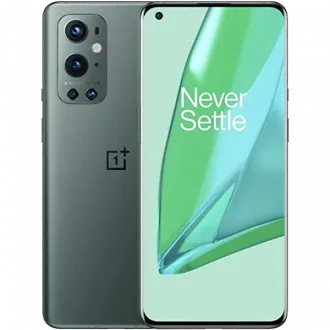OnePlus 9 pro can be access via USB C using the ADB (Android Device Bridge) interface.
The OnePlus 9 Pro is a flagship smartphone released by OnePlus in March 2021. It features a premium and elegant design with a glass back and a 6.7-inch Fluid AMOLED display. The device is powered by Qualcomm's Snapdragon 888 processor, combined with 8GB or 12GB of RAM, providing exceptional performance and smooth multitasking. It runs on OxygenOS, based on Android, offering a clean and intuitive user interface.
The OnePlus 9 Pro excels in its camera capabilities with a Hasselblad partnership. It boasts a quad-camera system co-developed with Hasselblad, consisting of a 48-megapixel main sensor, a 50-megapixel ultra-wide sensor, an 8-megapixel telephoto sensor, and a 2-megapixel monochrome sensor. This setup allows users to capture stunning photos and videos with exceptional detail and color accuracy. The phone features a 16-megapixel front-facing camera for high-quality selfies.
The OnePlus 9 Pro is equipped with a 4,500mAh battery and supports Warp Charge 65T fast charging, providing incredibly fast charging speeds. It also supports 50W wireless charging for convenient wireless power replenishment.
Overall, the OnePlus 9 Pro offers a premium smartphone experience with its powerful hardware, stunning display, exceptional camera system, and fast charging capabilities. It has received positive reviews for its performance, camera quality, and the overall user experience it delivers.
Step 1 — Download and extract the Android USB Driver to your PC.
Step 2 — Click Start (Windows) -> Control Panel -> Device Manager (Select Device Manager).
Step 3 — On the Device Manager window find and click on computer name to select Add legacy hardware.
Step 4 — Select Next
Step 5 — Selext Install the hardware that I manually select from a list (Advanced), and click the Next
Step 6 — Select Show All Devices afterward click Next button again.
Step 7 — Click the Have Disk button.
Step 8 — Click Browse button to find the extracted Android ADB Driver -> android_winusb.inf and click on Open.
Step 9 — Click OK.
Step 10 — Now select the Android ADB Interface -> click Next button.
Step 11 — Click Next button again.
Step 12 — Windows Security box will appear, to confirm whether you really want to install the Android USB Driver, so just choose the Install this driver software anyway.
Step 13 — Once you clicked the Finish button, then repeat from step 2 to choose Android Composite ADB Interface.
Step 14 - Done.
